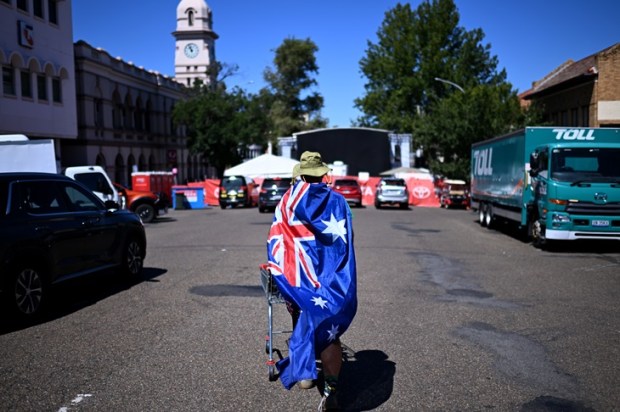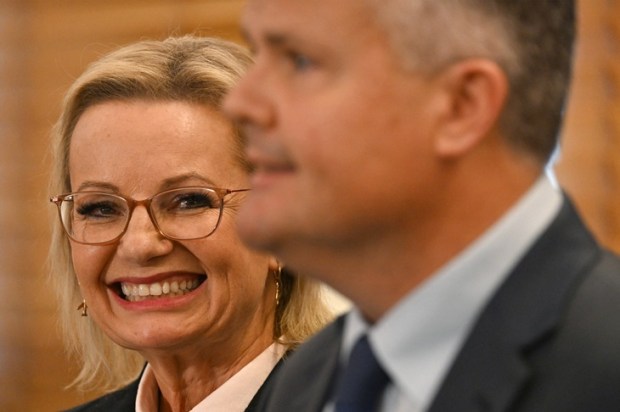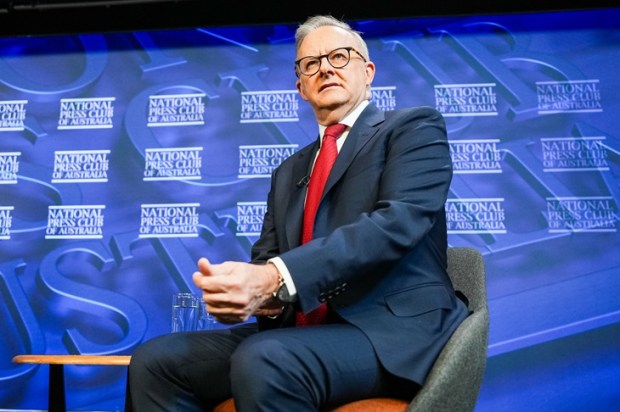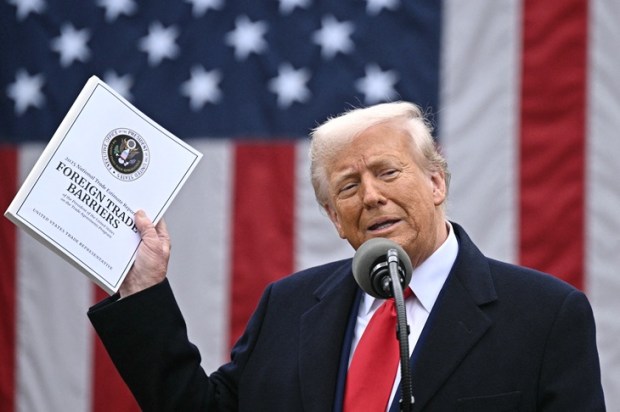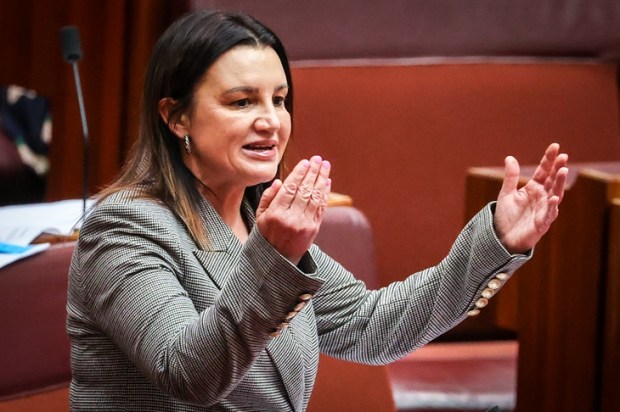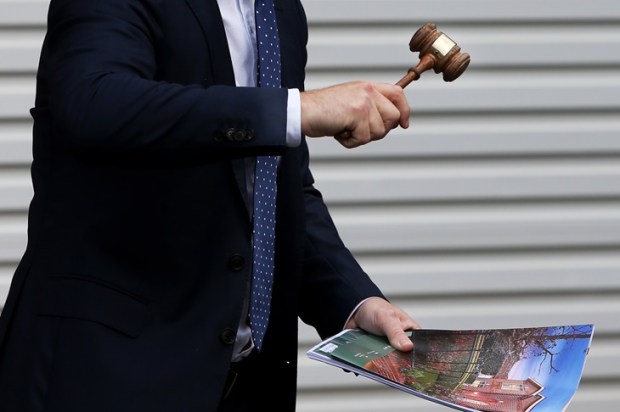Subsidies are politically infectious right now. Jim Chalmers and Anthony started the latest outbreak with energy subsidies, which they claimed would lower inflation.
Steven Miles has now caught subsidy fever, offering 50c transport fares in Queensland for six months. The subsidy conveniently ends right after the election.
The promise is that these subsidies will lower inflation and alleviate cost-of-living pressures. However, many voters are not convinced: only 11 per cent voters think the Federal Budget will reduce the risk of rate hikes, according to the AFR/Freshwater poll.
It turns out that voters are right to be sceptical. Jim Chalmers and Anthony Albanese are wrong to claim the federal budget will reduce inflation. Steven Miles is wrong to think that a six-month price cut will help inflation.
Chalmers, Albanese, and Miles either do not understand inflation or they are misleading voters. Whichever it is, it bodes poorly for policy. The government is once again spreading economic misinformation and disinformation.
Steven Miles has promised more ‘cost of living’ boondoggles. Of course, this is very easy to do when you are spending someone else’s money in service of your own political aspirations.
It seems that people can see through the smokescreen. Let’s look at some of the views on subsidies in the Federal Budget, which apply mutatis mutandis to Steven Miles’s cash splash.
Chris Richardson: ‘My big ask of the Budget was that it didn’t poke the inflationary bear. I don’t think it passed that test.’
Stephen Halmarick (CBA): ‘The risk is now more real that the first interest rate cut could be delayed and that the neutral cash rate is higher than we currently estimate due to the expansionary fiscal setting and the high level of investment in the economy.’
Andrew Lilley (Barrenjoey): ‘These subsidies just make inflation stickier, both directly in measurement (lifting inflation in 2025), and indirectly by relaxing budget constraints.’
Richard Holden (UNSW): ‘Chalmers argues [that energy subsidies] reduce actual inflation. That’s. Just. Wrong. Bunkum. Fake numbers.’
Steven Hamilton (George Washington University and ANU): ‘The most irresponsible budget in recent memory […] During an inflation crisis with the Reserve Bank on the precipice of further rate increases, it’s downright reckless.’
So why do these subsidies worsen inflation?
To see this, we need to look at several presently relevant ways of considering inflation.
- Simplistic headline inflation, which is the headline number we might see reported while glancing through the news.
- Core inflation, which is the price growth in non-volatile items (i.e., inflation in shelter, transport services, and other services, etc). This excludes price changes in things such as energy as they tend to fluctuate significantly.
- Short-dated inflation, representing inflation over the course of the month or the quarter. For people versed in calculus, the reason for looking at such short-term fluctuations is intuitively like looking at the rate of change in the rate of change (or the second derivative). The RBA is attuned to the fact that such short-term changes can be volatile. The RBA will look at longer-term trends, not one-off bumps along the road.
- Adjusted inflation, which is inflation adjusted for ‘extraordinary’ items. This is generally not reported explicitly. But it represents inflation after you back out one-off sugar hits. It is akin to looking at the company’s books after you adjust for a one-off write-down, or a one-off windfall.
The issue with subsidies is therefore clear.
Subsidies are a short-term reduction in price, but they do nothing to reduce the growth rate in prices from this base, which is what the RBA cares about and what is the essence of inflation. The subsidies are also short-term and reverse, whereupon there is an inflation hit. Because they do not adjust the growth rate in prices, the initial price-reduction is a simple one-off and is not disinflationary.
Subsidies can also worsen structural supply and demand issues.
The problem is that subsidies do not encourage frugality or conservation. When energy is cheaper, people can be more lax when consuming it. The government might set transport fares. But, then the gap between the cost of operation and ticket receipts will widen. When transport is cheaper, people will also economize less. This is great in the short term. But, after the sugar hit wears off, consumption ends up too high. But, at these lower prices, it becomes unaffordable to produce either better transport or more energy. The subsidies are short-term gain for long-term pain.
The subsidies also would do nothing to prevent rate hikes. The RBA is not naïve. The RBA can see through one-off sugar hits. The RBA will look at the continued growth rates and can see what will happen when subsidies end.
This leaves us with the unsettling conclusion: Jim Chalmers, Anthony Albanese, and Steven Miles either do not understand inflation, or are simply misleading voters.


